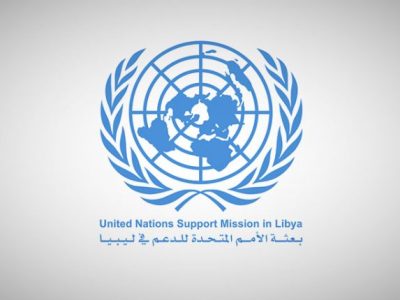Libya Migration Crisis Solutions: Halting Mediterranean Crossings
The waters between Libya and southern Europe have become one of the world’s deadliest migration corridors. Each year, thousands attempt the perilous Mediterranean crossing in unseaworthy vessels, fleeing countries marred by civil unrest and lawlessness. Many don’t survive. Their stories end anonymously in the sea – lost to Europe’s headlines, lost to Libya’s chaos. And yet, the solution to this persistent crisis is not more barbed wire or bigger detention centers. It lies where the problem began: in Libya itself.
For Europe to truly come to Libya’s aid, it must demand an honest reckoning with the crisis of illegal emigration. And Libya, in turn, must recognize a simple truth: when a country is thriving, its people aren’t risking their lives to escape it.
There is a common myth that illegal immigration is a symptom Europe must simply absorb, manage, or fence off. But that view, when focused solely on border management and policy, fails to address the deeper human toll. The exodus out of Libya is the product of an environment so broken that people see no other way out – and, unfortunately, the wrong people are in place to take advantage of that. Smugglers thrive, often linked to corrupt networks that overlap with militia groups and rogue factions of the state. Human trafficking is not just a side hustle – in some regions, it is the economy. That has to change.
Libya cannot fix this alone. Nor should it be expected to. But any real solution must begin with Libya reclaiming control – not through repression, but through cooperation, reform, and rebuilding. That means stepping up efforts to dismantle trafficking networks, prosecute those who profit from smuggling human beings, and restore a measure of accountability to institutions that have been hollowed out by corruption.
This is where international partnerships become critical. Joint maritime patrols, intelligence-sharing, and coordinated rescue operations with European countries can help disrupt the business model of traffickers without turning Libya’s coastline into a prison wall. But these efforts must be framed as security cooperation, not migration deterrence. They must protect rights as they protect borders. This would go hand and hand with Libya’s broader efforts to increase internal stability and improve self-governance.
It is tempting, from both European and Libyan perspective, to focus solely on the crisis as it unfolds at sea – to react only when a boat capsizes and the death toll mounts. But that reactive approach simply repeats the cycle. Libya needs a proactive plan: not just to stop people from leaving, but to give them real reasons to stay. That means jobs and education, but it also means something more elusive – trust. Trust that the state can offer stability. Trust that the rule of law means something. Trust that a future is possible at home.
In that sense, curbing illegal migration is the biproduct of something bigger – rebuilding Libya into a stable nation; both in terms of security and economy. If Libya wants to chart a course out of conflict and into prosperity, it must confront the reality of what’s driving people to flee en masse. And Europe must stop seeing migration as something to contain, and start seeing it as something to prevent at its root.
Ultimately, this is not a story about migration. It is a story about what makes a country livable – and lovable – for its own people. Libya’s road to recovery cannot bypass the sea. But if that road leads to real reform and a better future, perhaps one day, the only vessels leaving its shores will be those bringing tourists in, not migrants out.
Photo: Taha Jawashi/AFP/Getty Images




